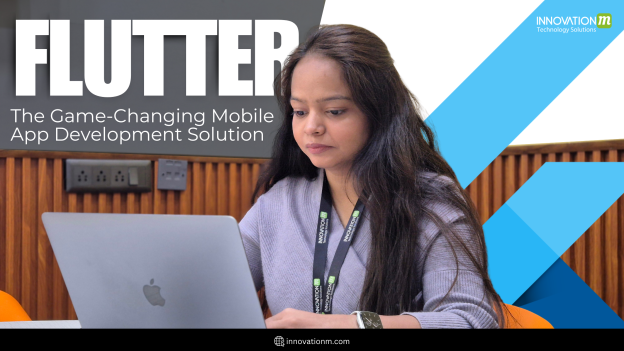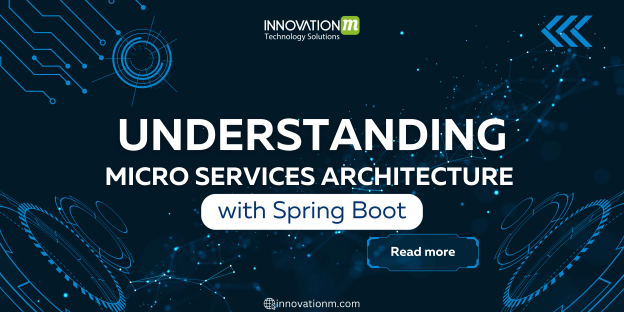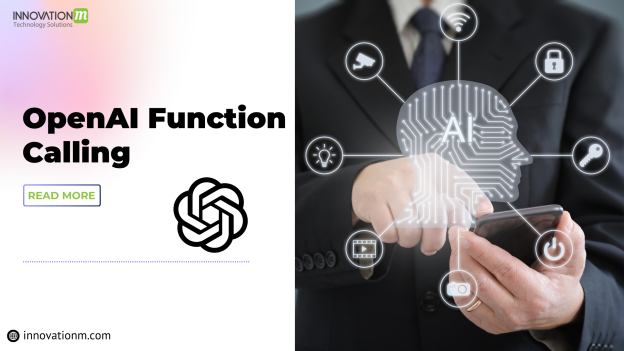
Mobile App Security: Why It’s a Business Priority in 2025?
Why is it essential? Mobile apps have become an integral part of our lives. Whether at home, the office, or on vacation, we use mobile apps for binge-watching, tracking our steps, navigation, communication, travel booking, and even finding a doctor. Mobile applications are being used by government and private organizations for a variety of purposes, Continue Reading »
 End to End Technology Solutions
End to End Technology Solutions





